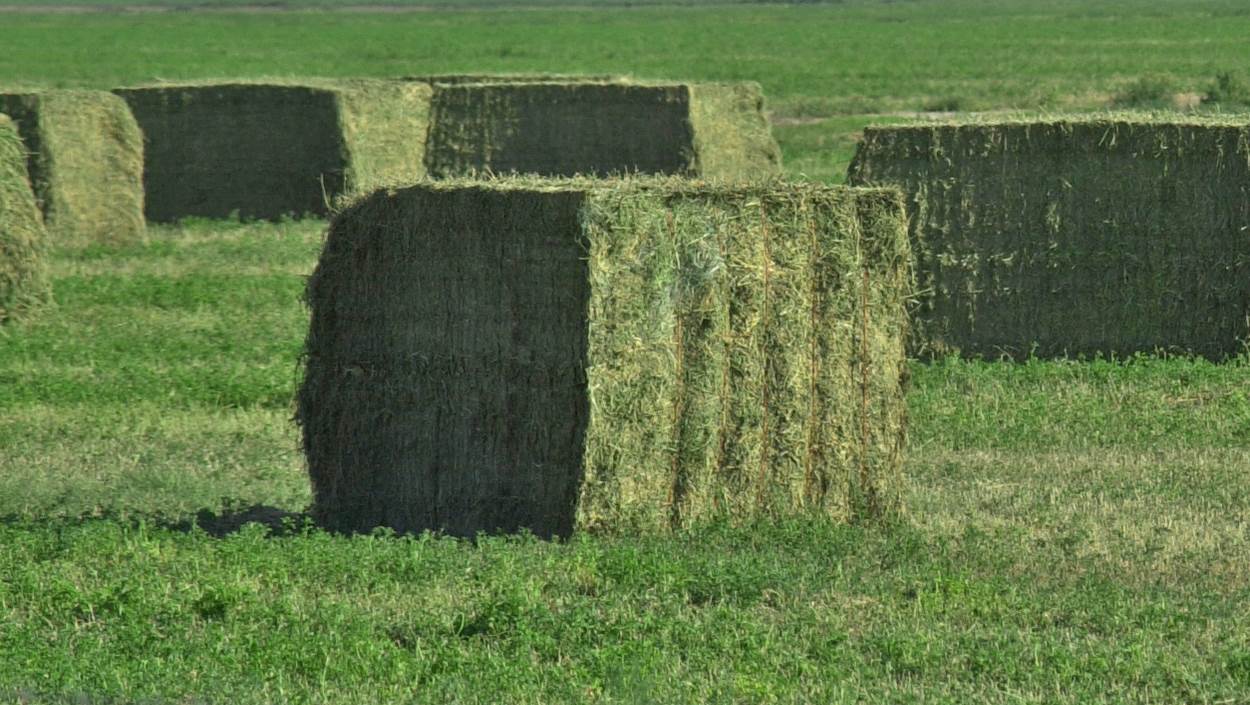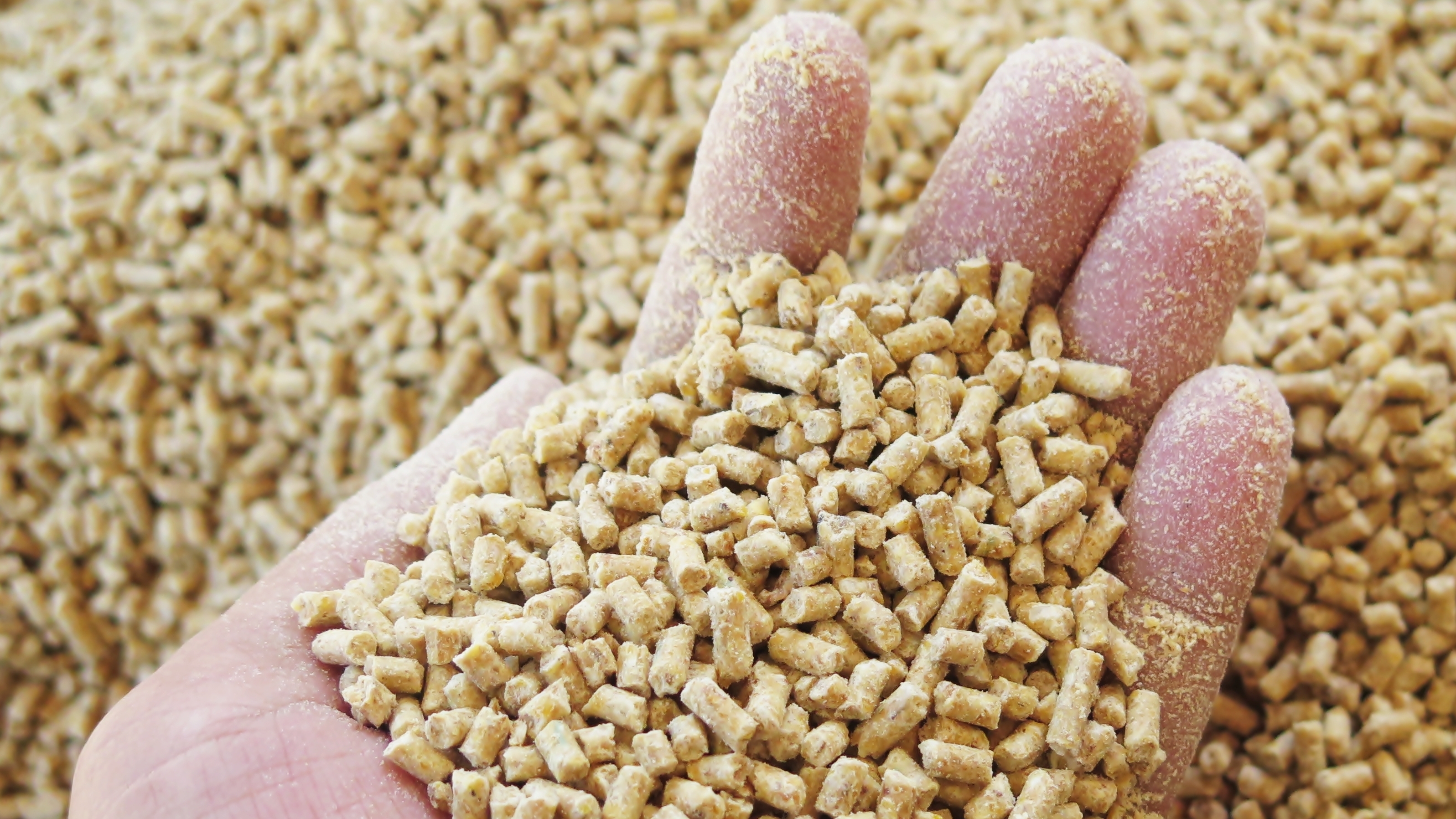The steps to making high value hay are straightforward. We can control most of these steps with the exception of the weather. Long periods of warm, rainy weather in the spring can be problematic, causing the alfalfa to mature beyond the ideal bud stage. It’s also a challenge in the Midwest and Northeast regions to bring in the first cutting without early season rain damaging hay while lying in the field. However, the other factors are under human control, and if we do the best we can at each phase, we are well on the way to making high value hay.
Está viendo la México
- Estados Unidos
- Canadá
- México
- Sudamérica
- Europa, Medio Oriente y África del Norte
- Africa Sub-sahariana
- Rusia
- Asia del Sur
- Asia-Pacífico
- China
- Global
Elige tu Ubicación:
- Estados Unidos
- Canadá
- México
Búsquedas populares
- Nutrición y Salud Animal
- Feed Quality Resources for Dairy and Beef Cattle
Feed Quality Resources for Dairy and Beef Cattle
 Combat Summer Heat and Preserve Nutritional Quality of Total Mixed Rations (TMR)
Combat Summer Heat and Preserve Nutritional Quality of Total Mixed Rations (TMR)
Summer heat and humidity provide several challenges for dairy producers. One important challenge often overlooked is heating of the dairy ration. Dairy cattle rations, even when sitting in the bunk for just a few hours, may experience secondary fermentation due to continued bacterial growth because of high heat. Secondary fermentation causes a reduction of feed quality, generates undesirable odors and may result in reduced intake. To help restrict secondary fermentation, control growth of undesirable microbes, keep rations cooler, and maintain feed quality, producers often add mold and wild yeast inhibition product to the total mixed ration (TMR).
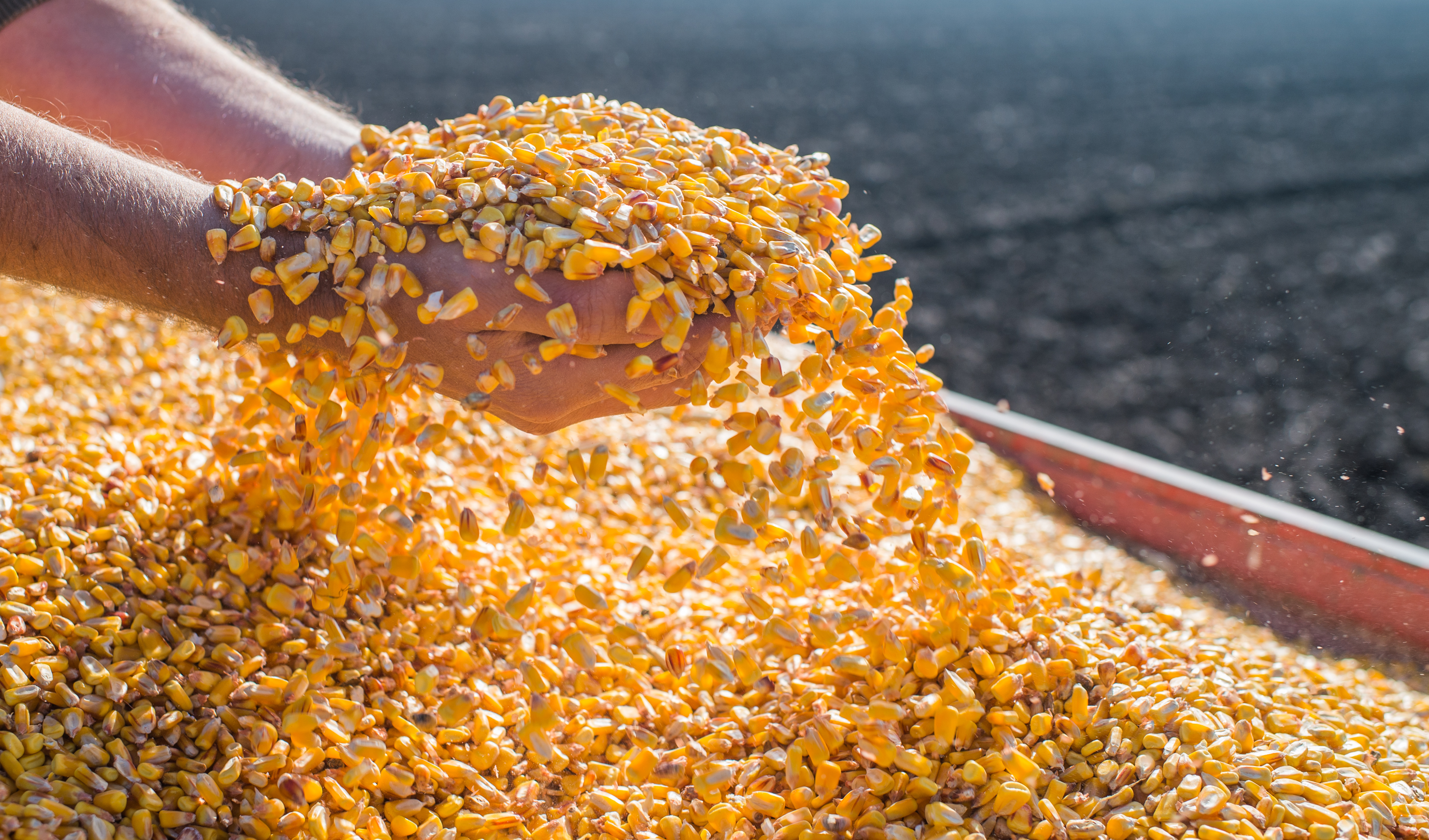 Mold and Mycotoxin Report: 2018/2019 Corn Crop
Mold and Mycotoxin Report: 2018/2019 Corn Crop
The corn growing season in 2018 was very similar to 2017 across much of the U.S. – nearly ideal. There were pockets in the southern corn belt which experienced drought and the northeast states had too much rain, but overall the growing season was excellent for another bin-busting crop. Then, in September, just as the harvest started, the rain started. In the Northeast, where the growing season was saturated with rain, the fall was a continuation of excessive rain. In the Upper Midwest, harvest delays pushed the completion of harvest well into December as growers waited for fields to dry.
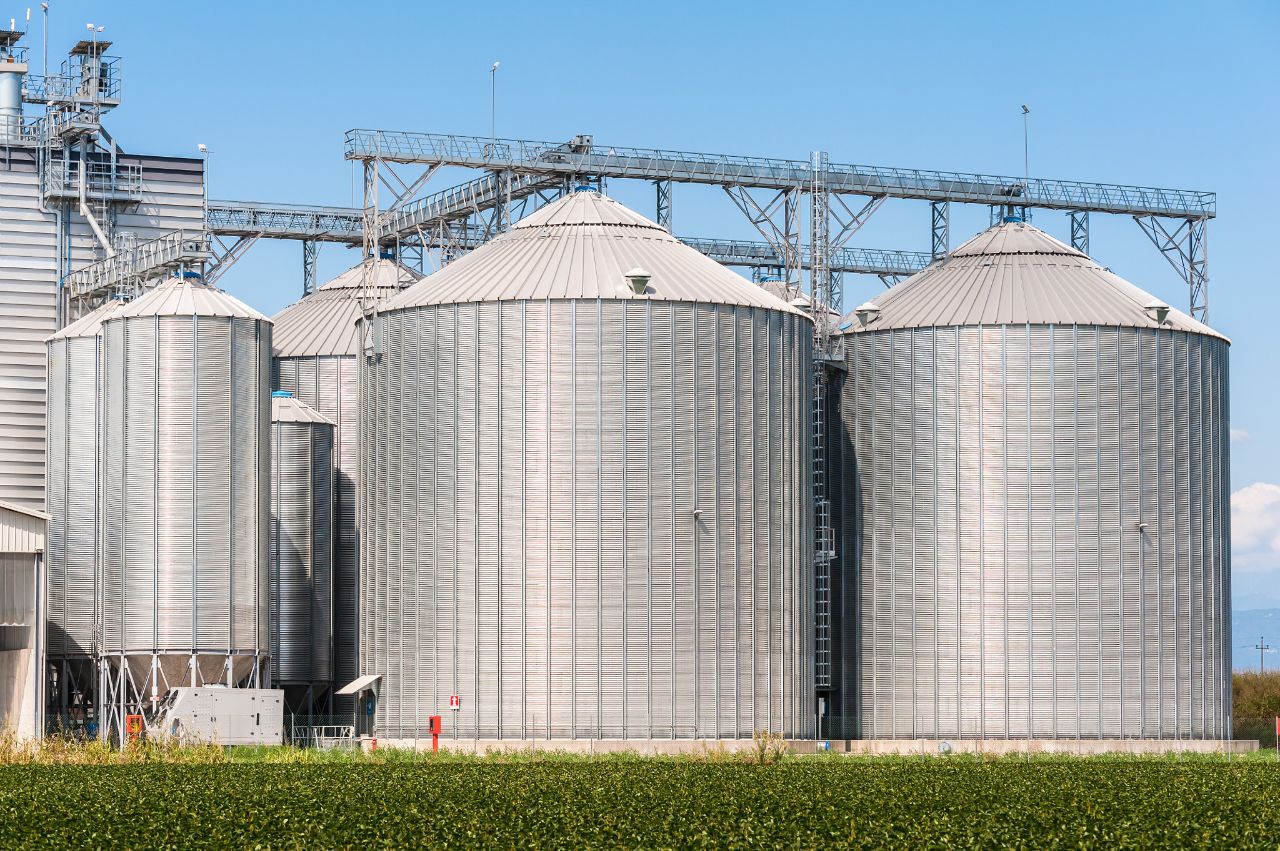 Grain Operations: Managing Stored Grain Long-Term
Grain Operations: Managing Stored Grain Long-Term
Delayed harvest of corn and soybeans in 2018 across the midwestern U.S. are raising concerns about grain quality and how well this crop will store long term. With commercial grain facilities holding a large carryover from the big 2017 crop, some 2017 carry-over corn and much of the 2018 corn crop will end up in outdoor piles again. Managing grain in outdoor piles was the subject of a previous grain operations article. This article focuses on managing stored corn and soybeans long term in permanent structures such as bins, silos, tanks and horizontal sheds where managers have more tools available, including coring, controlled aeration, temperature and moisture monitoring, and partial unloading.
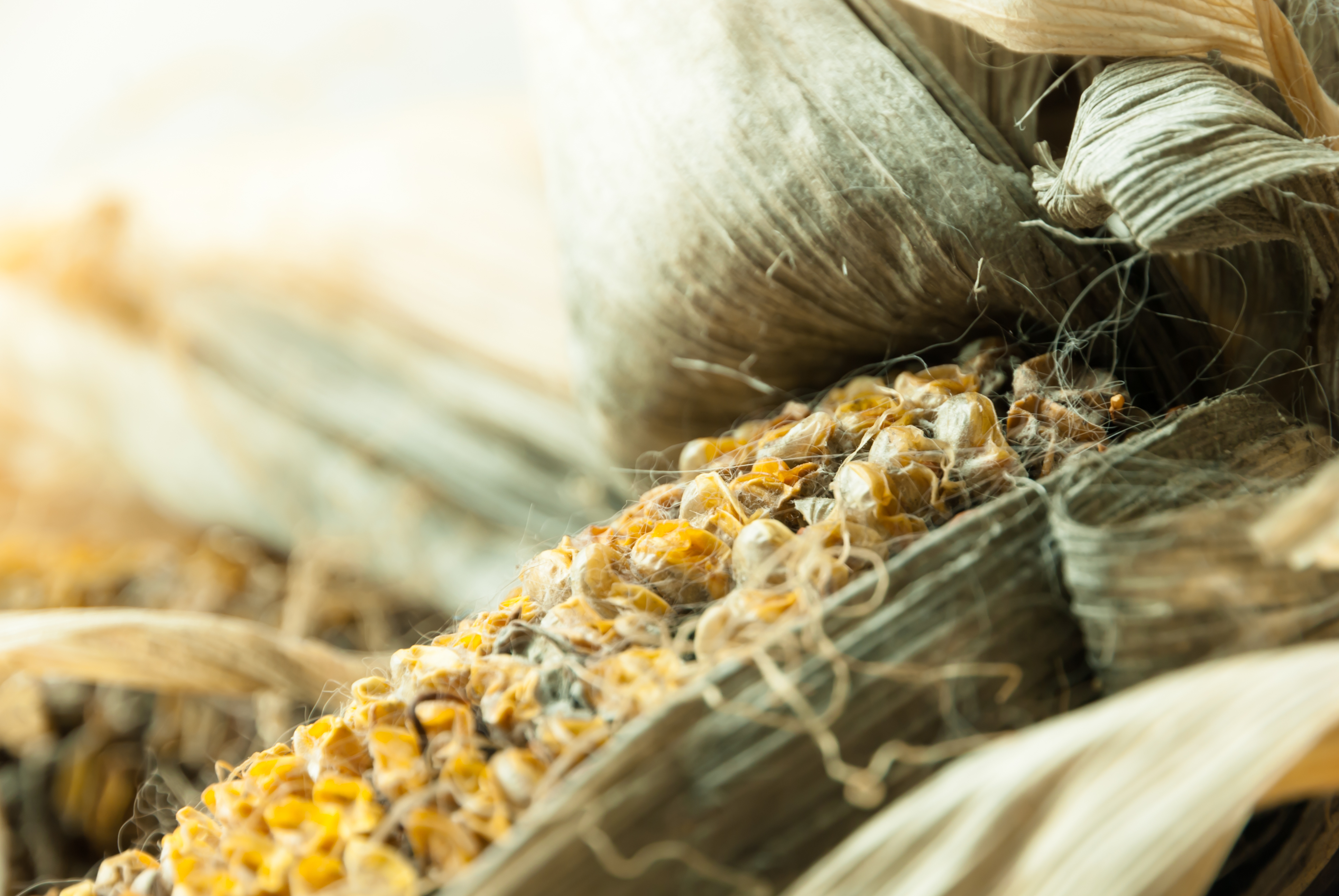 Mycotoxin Management: What Can We Do Now?
Mycotoxin Management: What Can We Do Now?
Mycotoxins are toxic and/or carcinogenic molecules produced by growing fungi, specifically the various mold species which grow on plants. The toxigenic fungi involved in the human and animal food chains belong mainly to three genera: Aspergillus, Fusarium and Penicillium. Each of these molds can produce more than one toxin and some toxins are produced by more than one mold. Once we have mycotoxins in our crop, what options exist for livestock and poultry producers?
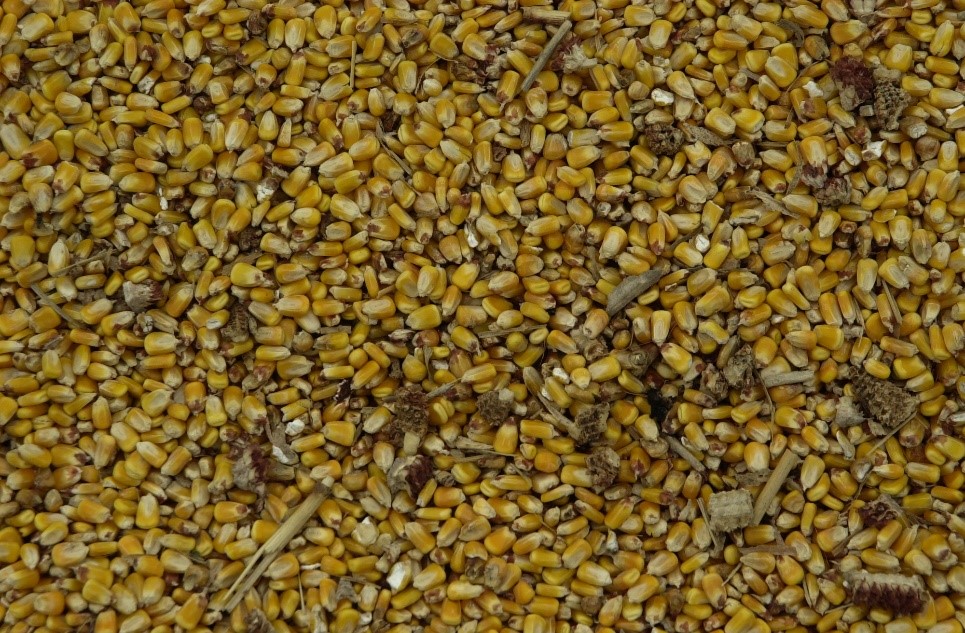 2018: What a Year for Corn Growers
2018: What a Year for Corn Growers
The 2018 corn harvest season will certainly remain in our memory for a long time. Drought conditions during the summer in the southern corn belt, along with flooding in the north, had many forecasters wondering if we would have another record large corn crop in the U.S.A. This all changed in September when, according the National Oceanic and Atmospheric Administration (NOAA), we experienced the third wettest September on record.
The hot summer weather is beginning to wind down now – but it’s always a good time to ask, “how is my fat looking?” Monitoring the quality of your incoming fat sources is the primary step in effective fat management. The impacts of oxidation are irreversible, so it is crucial to begin with high-quality fat and then maintain that quality. Oxidized fat that has been negatively impacted by heat, light and oxygen can have a damaging impact on your animals. This impact can be seen across performance, health and nutrition through decreased growth, immunity challenges, loss of energy content in the fat itself and an array of other issues.
 The Importance of Quality Testing
The Importance of Quality Testing
Knowing the quality of the components going into your livestock feed is crucial to the success of your operation. Most formulation software packages assign standard nutritional values for the components in a diet. But, what happens when the quality of these components does not match that assigned by the software program? You may not see the impact of nutritional variability of the diet in your day-to-day livestock performance, but it can ultimately manifest itself in feed intake, daily gain and animal health over time.
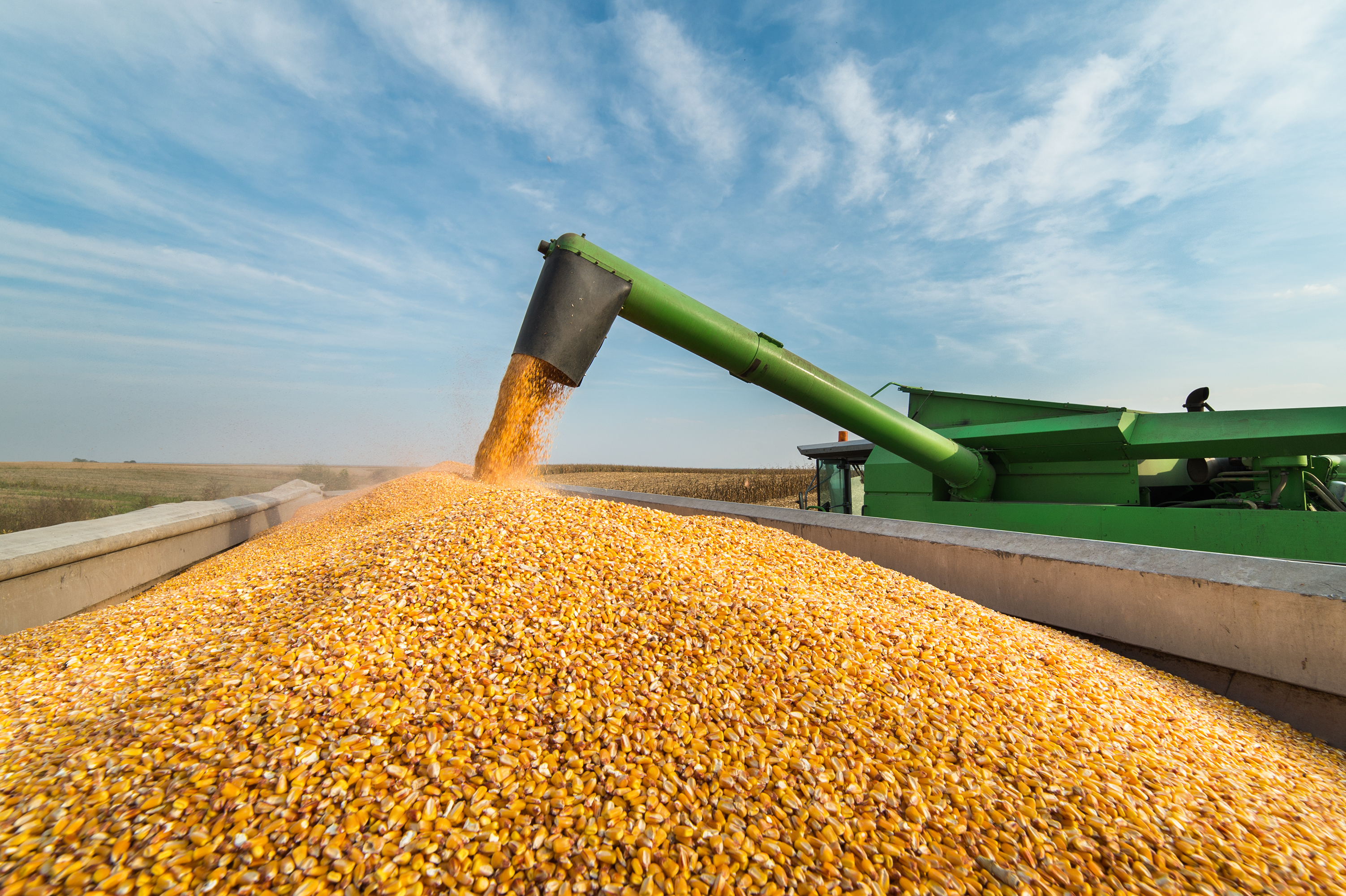 Mycotoxins: Managing a Perennial Problem
Mycotoxins: Managing a Perennial Problem
Livestock and poultry producers are all aware of the presence of potentially-harmful mycotoxins in grain. It seems every day there is a new report declaring the newest hot spot for mycotoxin contamination. So, why does it suddenly feel like mycotoxins are found everywhere? A large reason for the increased focus on mycotoxin contamination is reporting. There is a growing database related to the detrimental impact that even low levels of mycotoxins can have on livestock production. With this increased awareness, the focus now shifts to signs and symptoms of mycotoxin contamination and what producers can do to mitigate their impact.
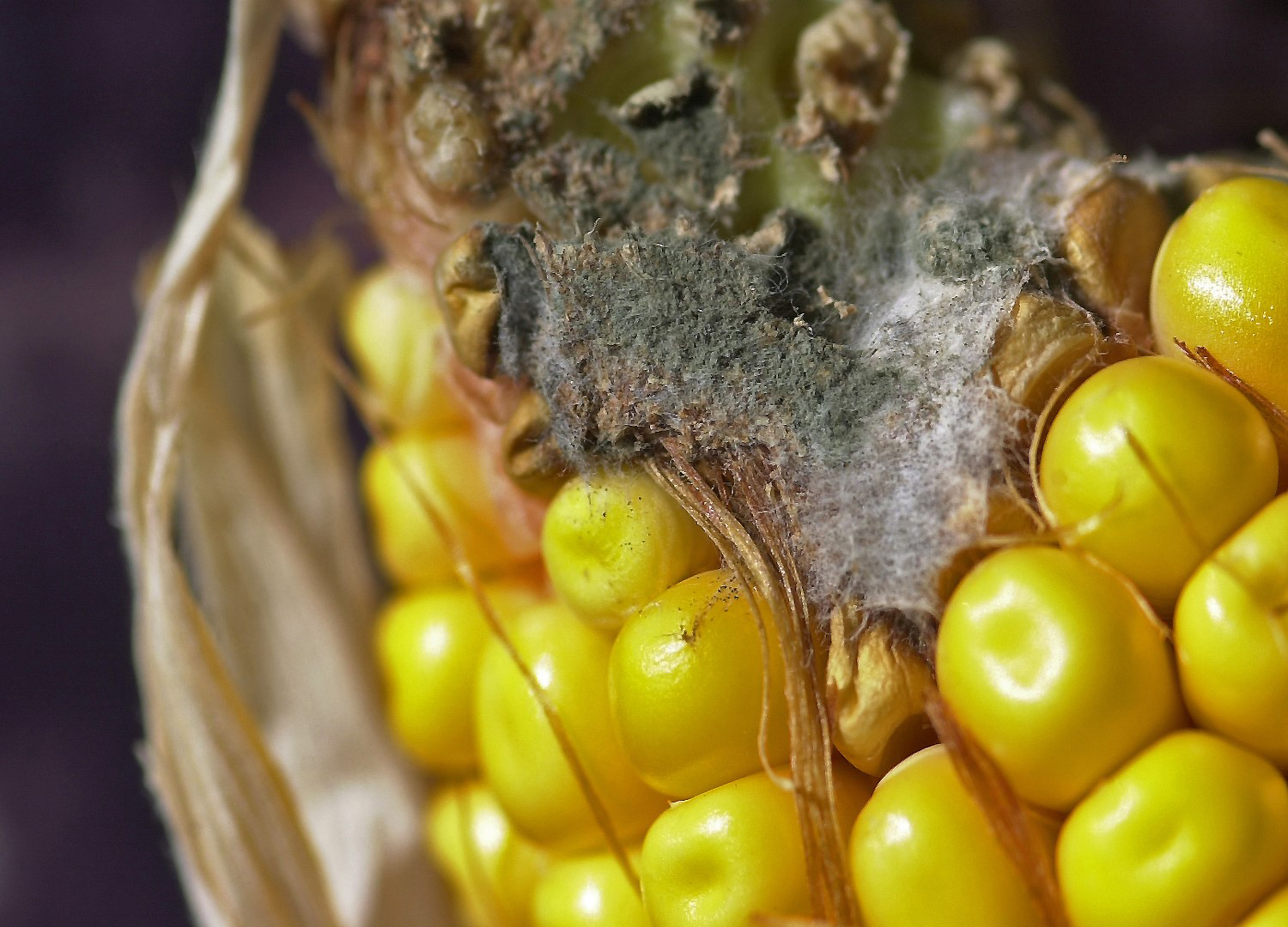 Mold, Mycotoxins and Gut Health...OH MY!
Mold, Mycotoxins and Gut Health...OH MY!
Feed represents the largest expense in the yearly budget for livestock and poultry producers. To control feed costs, feed ingredient buyers often seek the best price for these inputs. The best price for feed ingredients may not always be the best value. The quality of individual feed ingredients delivered to livestock and poultry production complexes need to be more fully scrutinized to determine the value of individual ingredients. The quality of feed components should be subject to review by purchasing staff; however, to ensure quality is monitored closely, purchasing and production staff must be closely aligned. Feed ingredient buyers need to be aware of quality when purchasing the feed ingredients for a livestock and poultry operation. The profitability of the business depends on it.
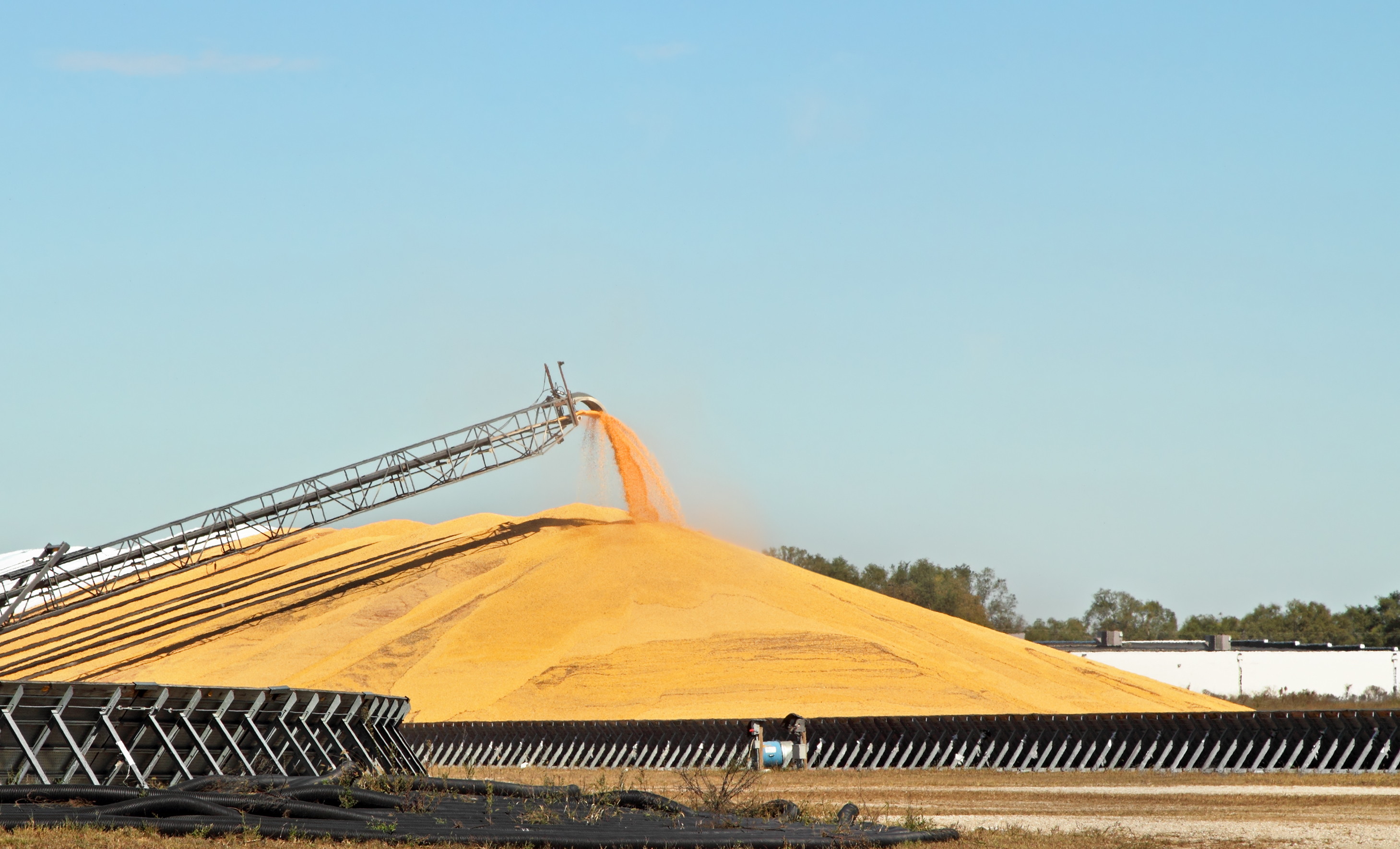 Don't Let it Go to Waste: 10 Tips for Long-Term Grain Storage
Don't Let it Go to Waste: 10 Tips for Long-Term Grain Storage
If you asked any farmer, they would agree that harvest is one of the best times of the year. Nothing brings that overwhelming feeling of satisfaction quite like watching the combine hopper fill with the fruits of their labor. During this time of "harvest celebration" it may be easy for one to think all the work is done. However, when it comes to maintaining the quality of grain after harvest, the work hasn't even started.
ENDOX®

MillSAVOR™

RENDOX®

Silage SAVOR®

Have a Question?
If you have a question about our products or services, or just want more information, fill out the form below and someone on our team will be in contact with you.
- Costos Indirectos
- Declaración de Política Ambiental Global
- Delcaración de Transparencia de la ley Moderna de Esclavitud
- Descargo de Responsabilidad por Correo Electrónico
- Divulgaciones de la Ley de Cadena de Suministro de California
- GDPR Anexo Sobre la Protección de Datos Personales
- Kemin Terminos y Condiciones
- Mapa del sitio
- Política de Privacidad
- Términos y Condiciones Generales para Proveedores
- Cambiar el consentimiento de cookies
© Kemin Industries, Inc. y su grupo de empresas todos los derechos reservados. ® ® Trademarks de Kemin Industries, Inc., EE.UU. Algunas declaraciones pueden no ser aplicables en todas las regiones geográficas.
Ciertas declaraciones pueden no ser aplicables en todas las regiones geográficas. El etiquetado del producto y los reclamos asociados pueden diferir según los requisitos del gobierno local.

